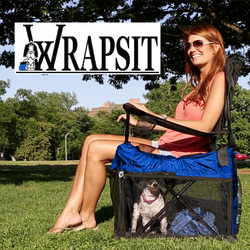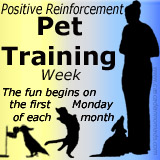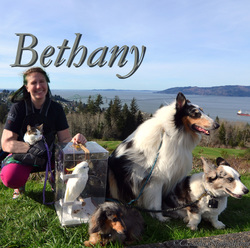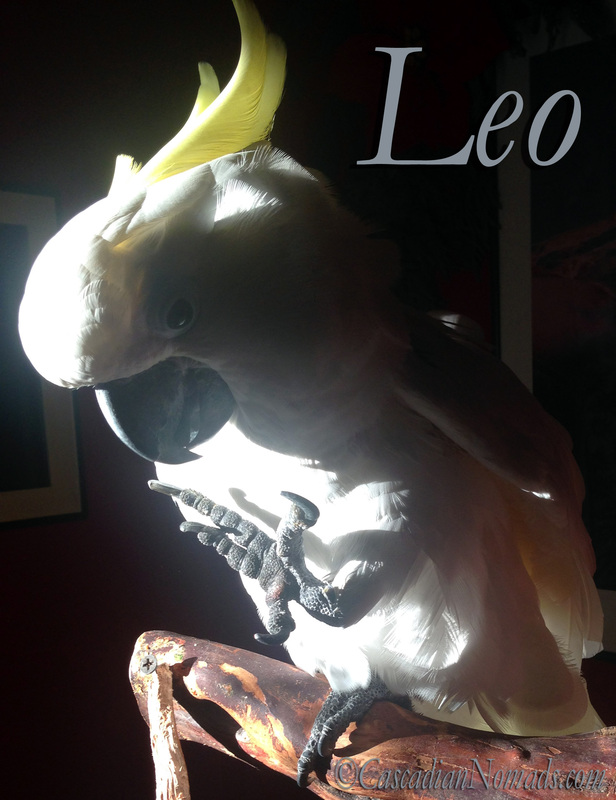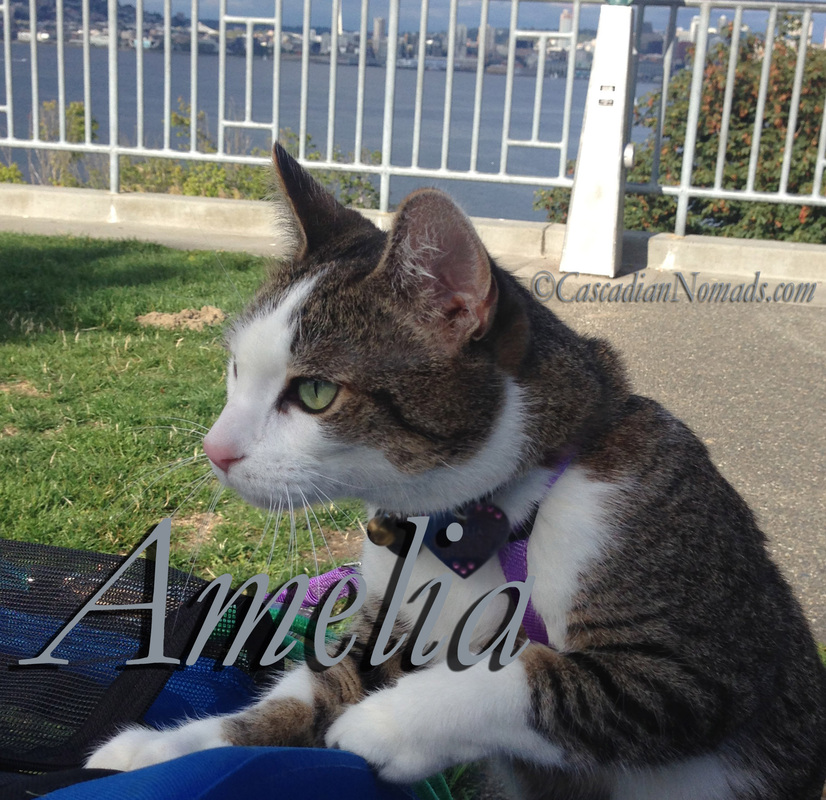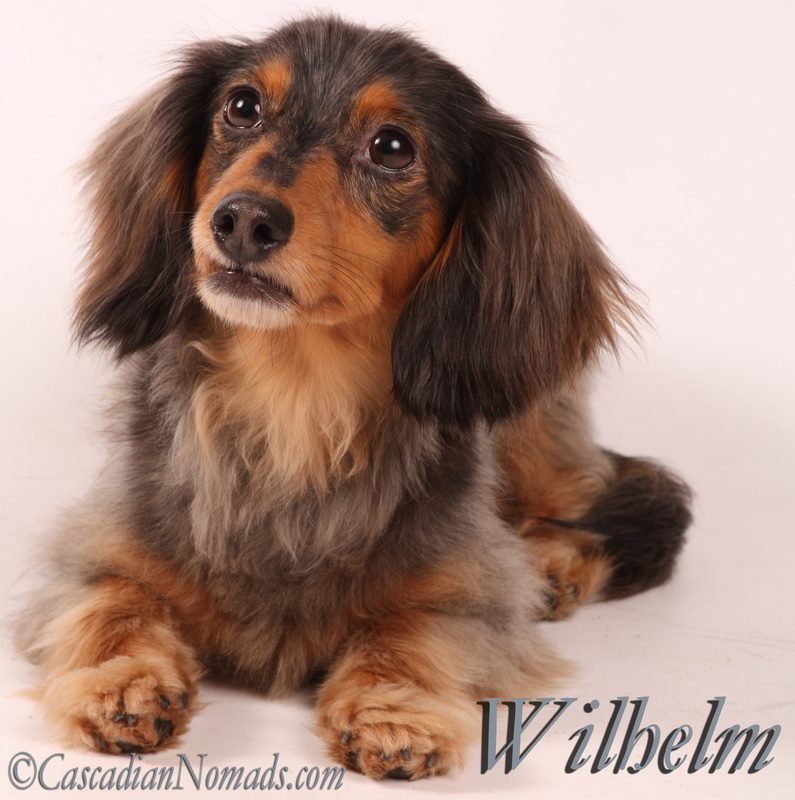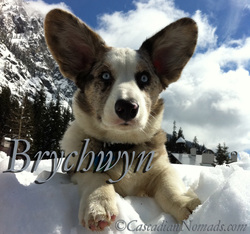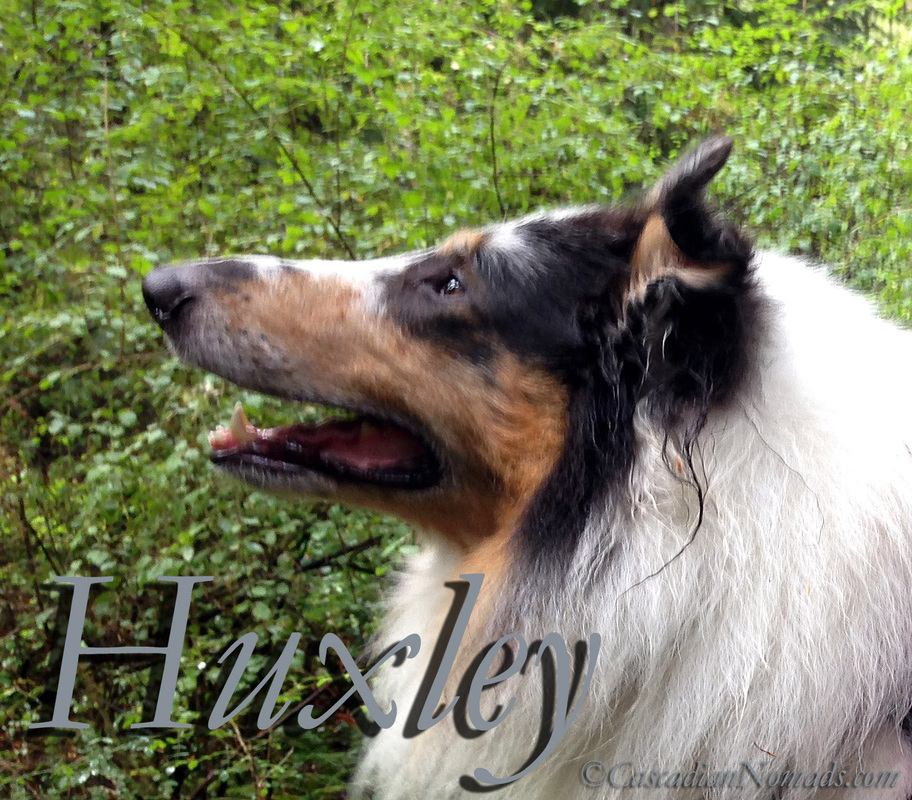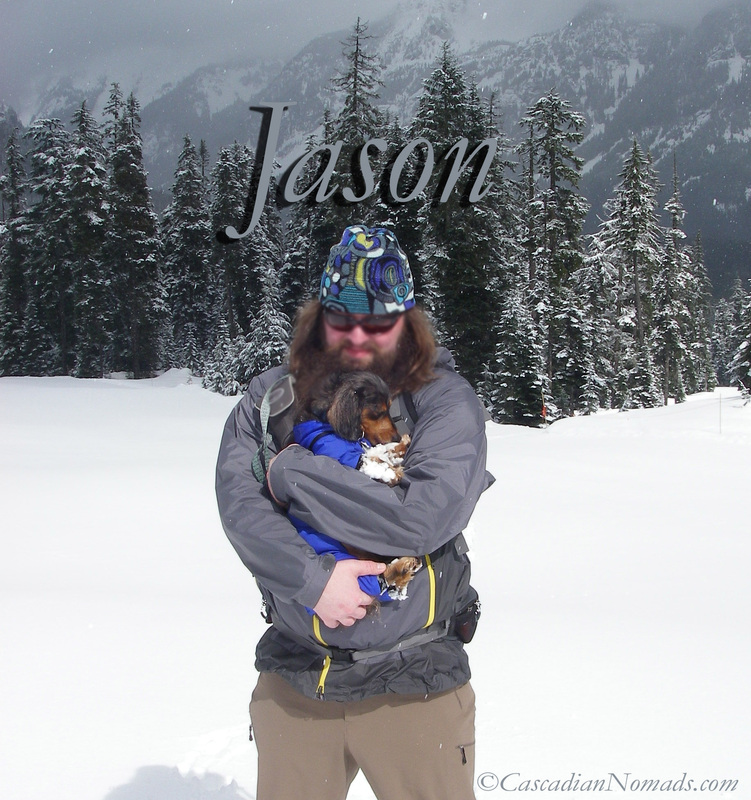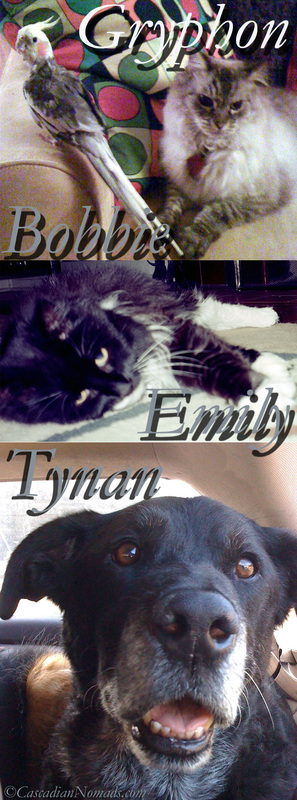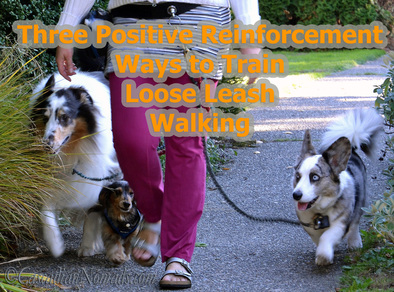
Over many years of dog training, I have learned that the most important things for a dog to know are the most difficult to train. The reason for this is usually that the most important things for dogs to know take massive amounts of patience and consistency to train. The degree of training difficulty for paramount dog behaviors can apply to many, many issues, such as barking, jumping, and recalls, but today I am tackling loose leash walking. I have also learned through trial and error (mostly error) that not only does training polite walking take obsessive consistency and saintly patience, individual dogs learn loose leash walking in their own way. My three very different dogs have each thrived learning loose leash walking with three separate positive reinforcement loose leash walking techniques.
The "Be A Tree" positive reinforcement loose leash training method is simple, in theory. When the leash is tight, stop walking. When the leash is loose, walk. It sounds so easy but it takes a lot of patience for many weeks of consistent walking and training. Though like all training done positively and well, it works! This was the method I most used in teaching Wilhelm to walk with a loose leash. He is my most consistent loose leash walker but he does have a whining problem when I stop and it isn't about training him. Of course I have conditioned him to believe if he is good we will get going again. This ends up being difficult when we stop to chat with a neighbor or go to an outdoor event that involves just standing there. Wilhelm doesn't like being a tree, he wants to move! I have found that if I do some sort of other tricks with him as soon as we stop for a reason that isn't a tight leash, the dachshund forgets that he was supposed to be rewarded with more walking.
|
Distract
Getting a leash reactive dog to walk on a loose leash is difficult but paramount. Fortunately Brychwyn responds very well to distractions from whatever is making him react or tighten his leash. Depending on the trigger, Brychwyn responds well to the distraction of scooping up treats I drop as we hurry down the sidewalk. If whatever it is he wants is better than treats in a loose leash position, getting the mind of my corgi distracted can keep him walking politely as well. A quick "sit," "down" or "stand" takes his mind off of what he wants to bark and lunge at... sometimes. Other times, we just hurry past and I wait to praise him after his leash is loose and he has stopped his frenzied barking. So goes leash reactive dog life. But at least most of the time, thanks to Brychwyn's love of food, that leash is loose. |
"Tell me and I forget. Teach me and I remember. Involve me and I learn." |
Huxley will quickly forget what it is that made him pull on the leash when I turn around. This positive reinforcement loose leash training method is also very simple and requires massive amounts of patience, consistency and a need to never actually get anywhere. This is probably why Huxley still frequently pulls on his leash. But with a 90lb dog at the end of the leash, I have ended up being a fallen tree. And no treat in the world has yet proven more interesting than his need to mark a certain tree. Fortunately, I know that when Huxley starts to drag me, a quick turn around rapidly gets his attention back on how to walk politely... most of the time. I used to click and treat as soon as the leash got loose again and now I expect his attention to come back to me and our walk. As I look back over the years, my collie does redirect quite quickly now and we can even do a relatively fast 360 to continue on our way.
What positive reinforcement training technique works best for helping your dog walk politely on a leash?
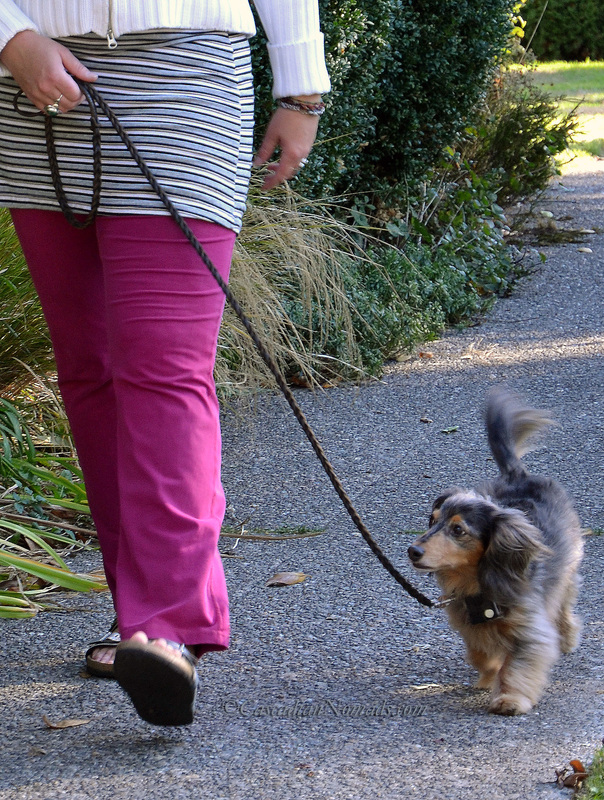
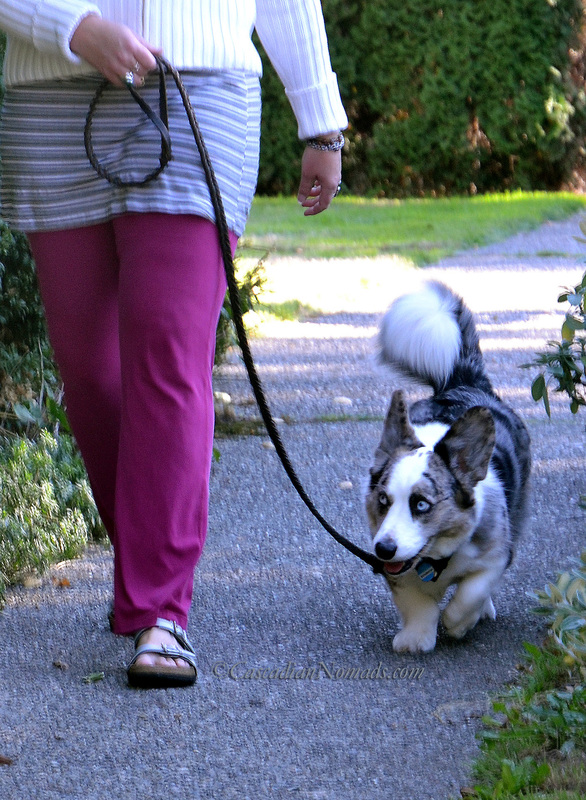
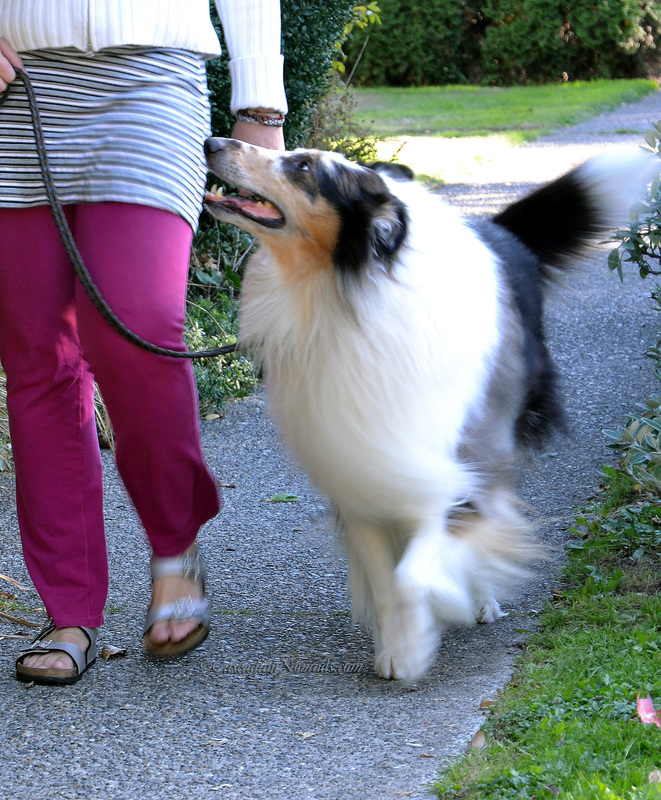
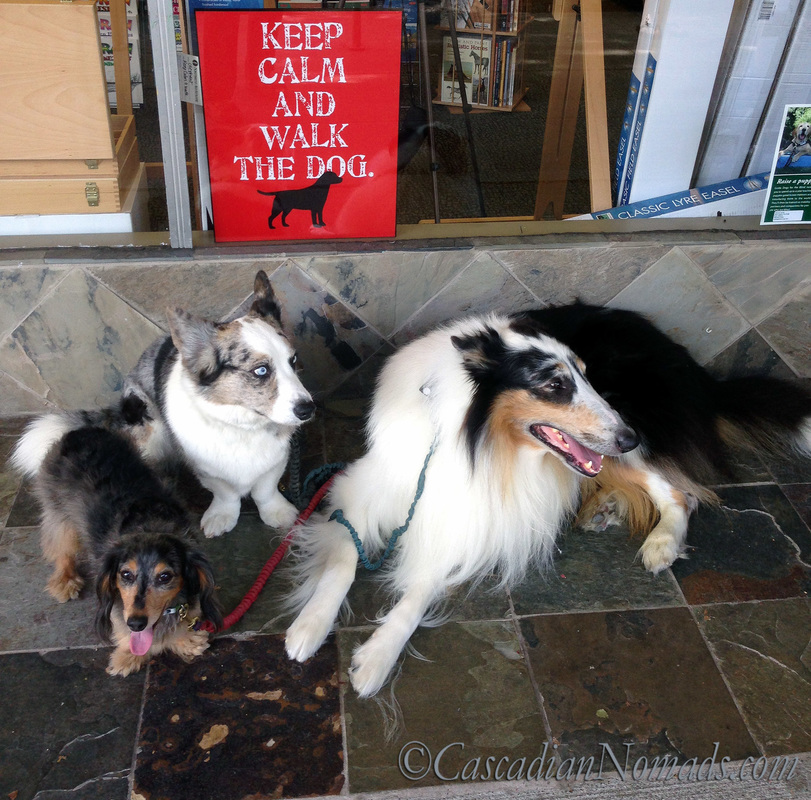
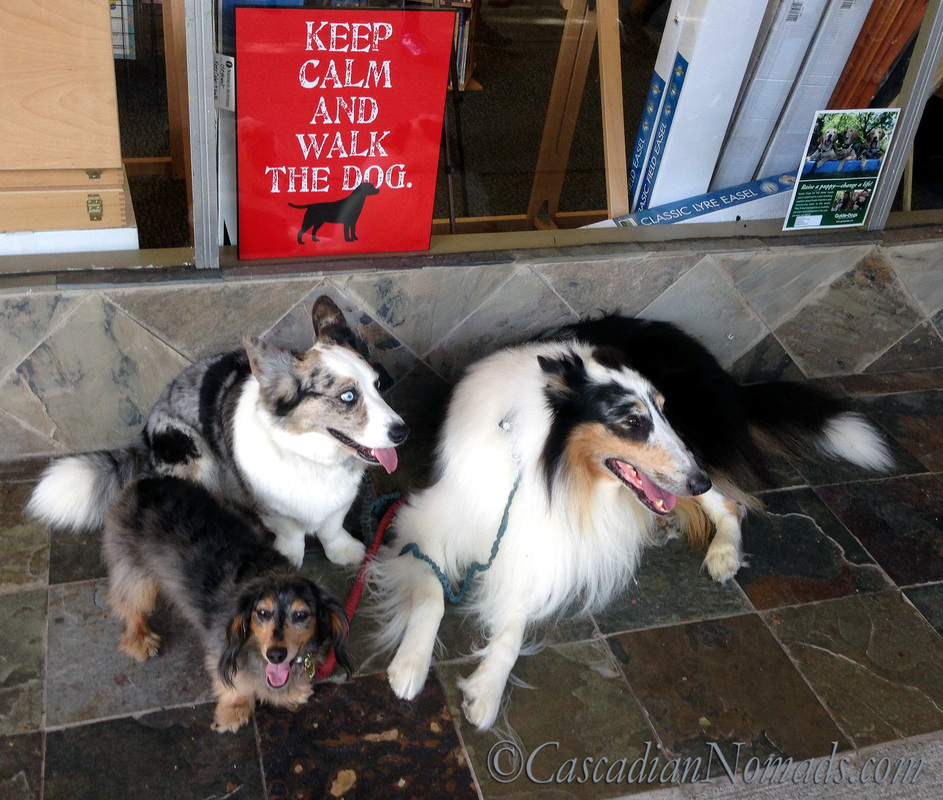
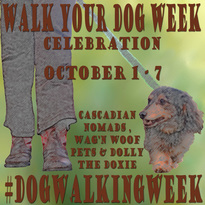
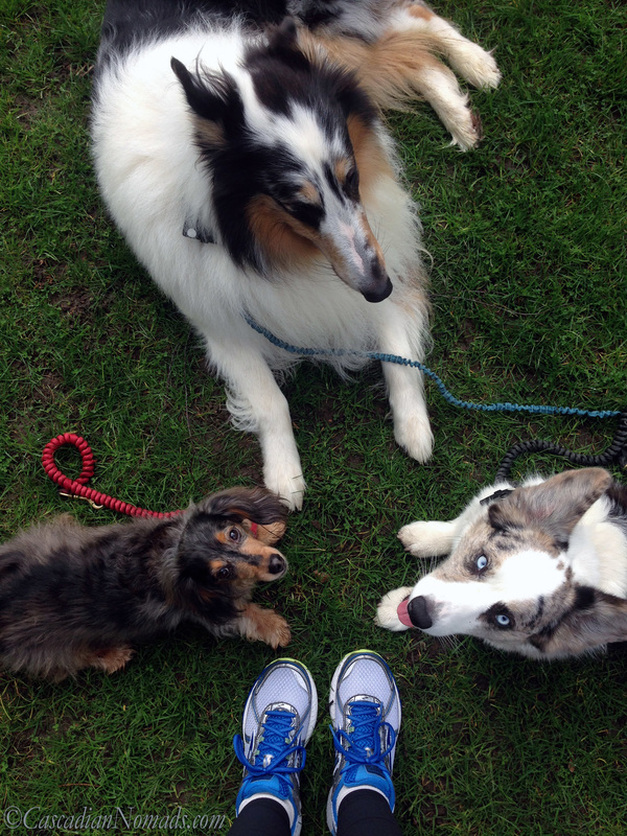
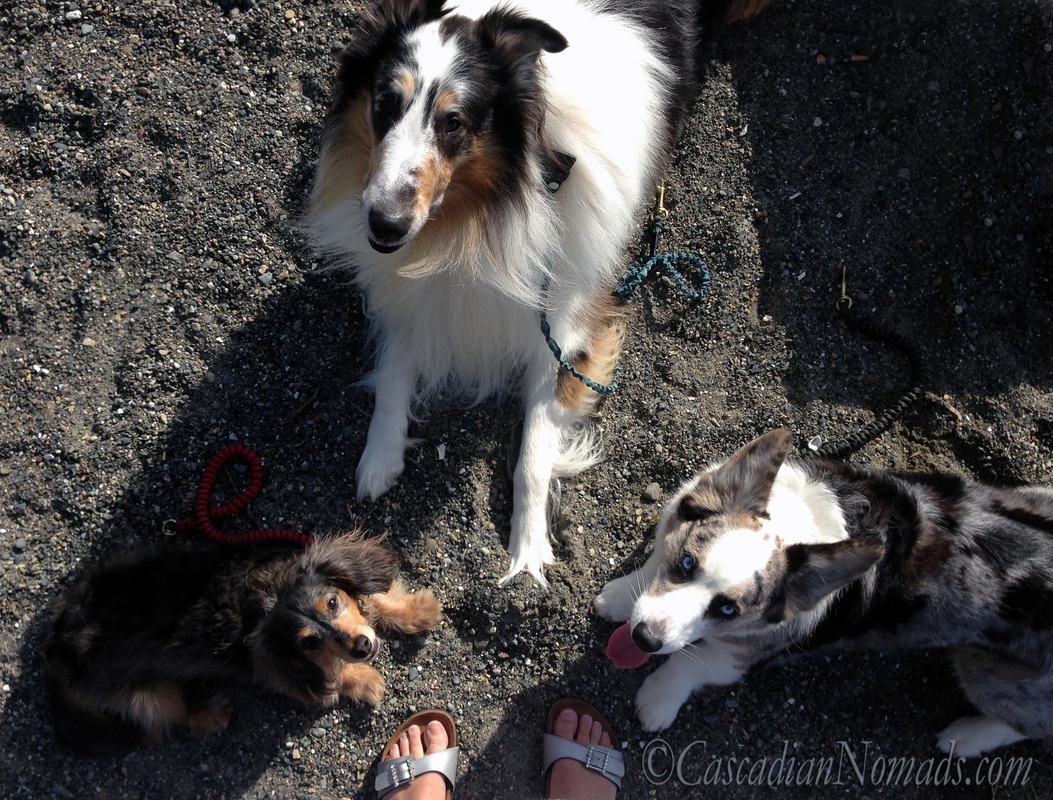
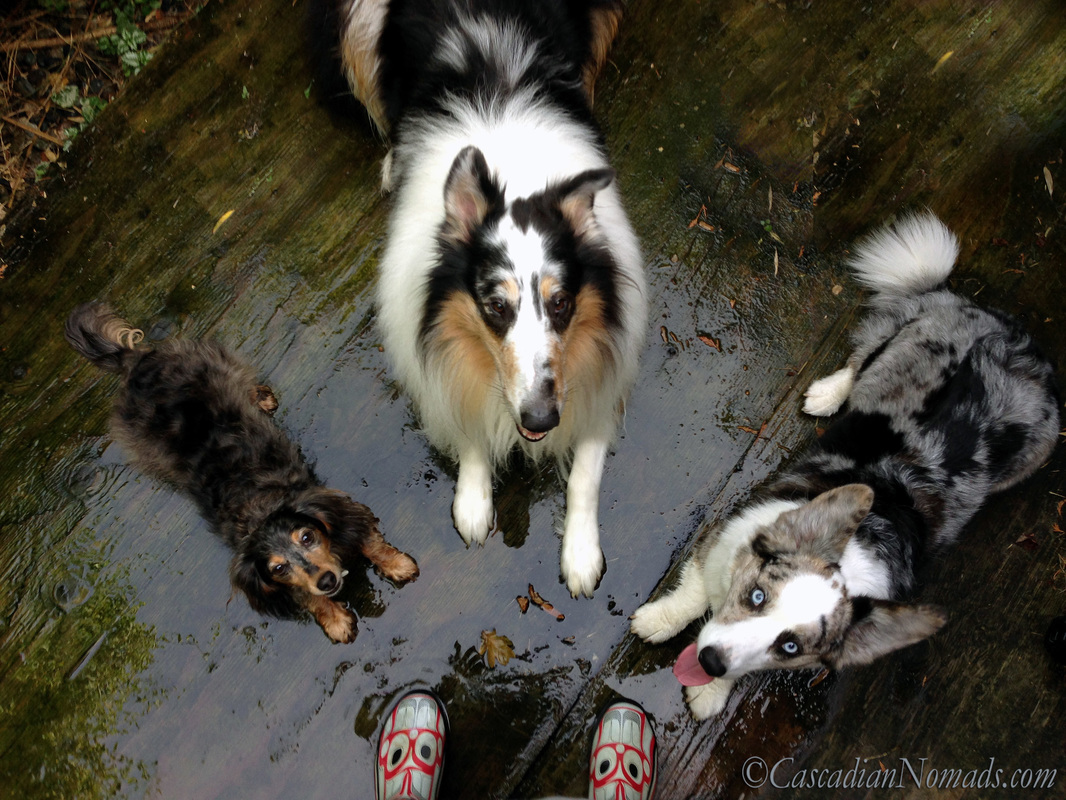
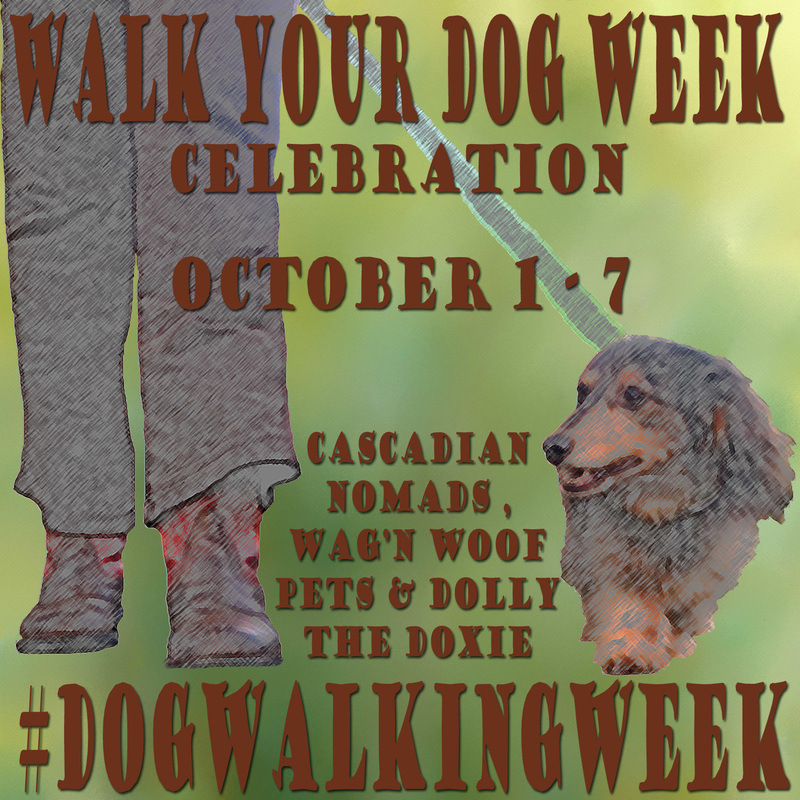

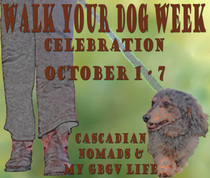
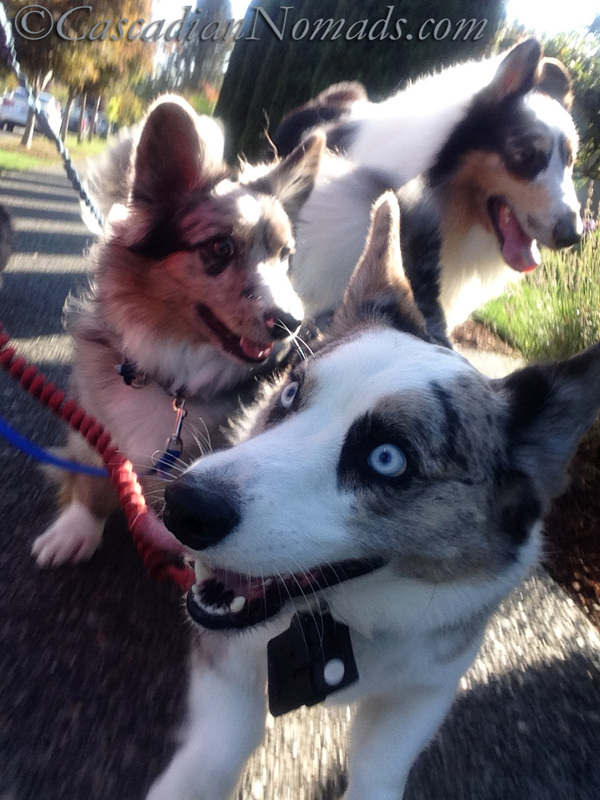
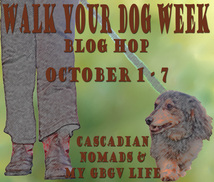
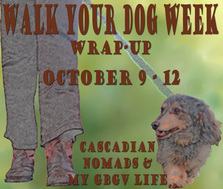
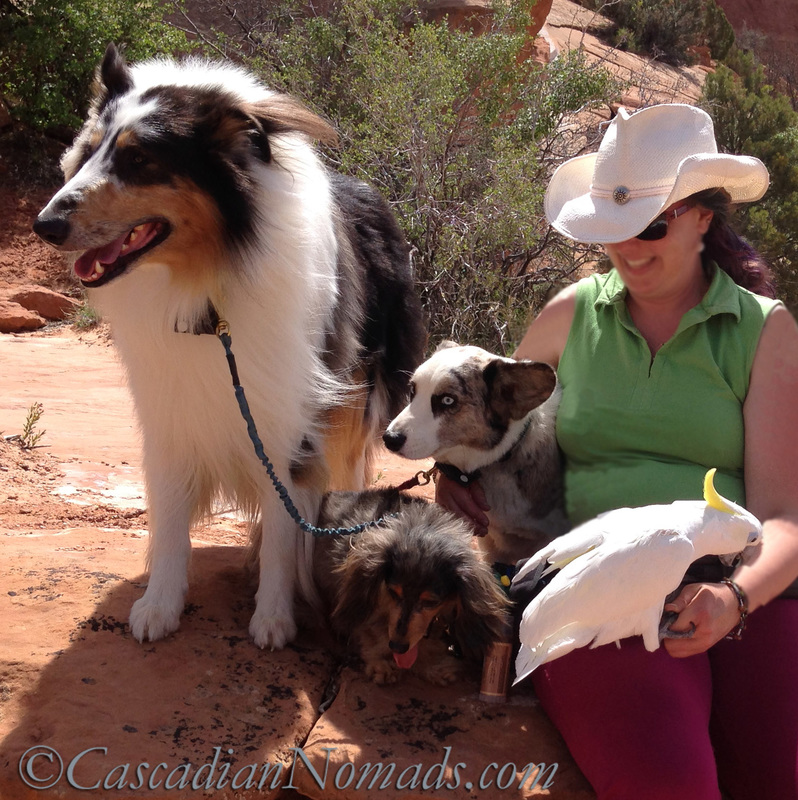
 Follow on Instagram
Follow on Instagram


